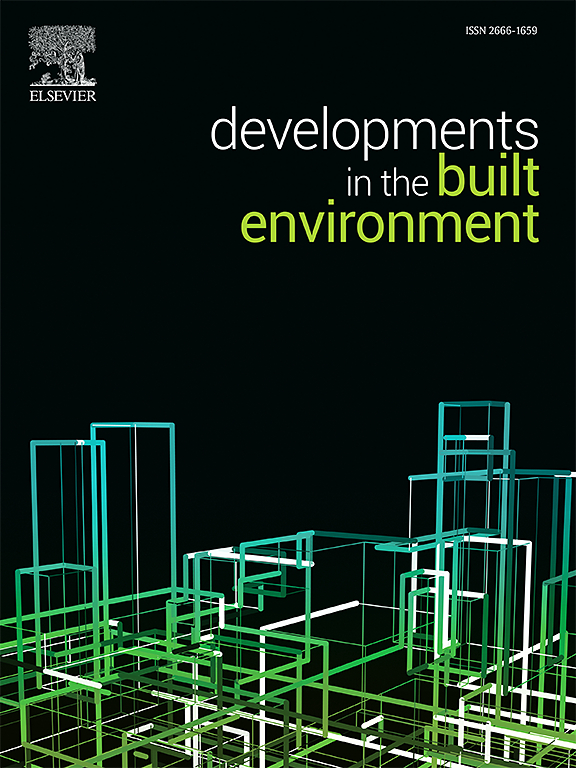MambaFuse:用于裂纹分割的跨尺度状态空间融合
IF 8.2
2区 工程技术
Q1 CONSTRUCTION & BUILDING TECHNOLOGY
引用次数: 0
摘要
基础设施结构表面裂缝检测是结构健康监测的重要组成部分。针对低分辨率裂纹检测中远程依赖建模不足的核心问题,提出了一种新的多层编码器-解码器模型MambaFuse。该框架创新性地融合了cnn的局部特征提取能力、Transformers的全局建模能力和Mamba的长序列处理特性。基于自主移动检测平台的现场测试证实了该模型在实时检测中保持裂缝拓扑连续性的卓越能力,其选择状态空间机制成功解决了动态移动成像中常见的裂缝问题。为了推进这一领域的研究,我们构建了包含1000张来自多个场景的注释图像的CrackBench基准数据集,并开发了一种基于几何的裂纹量化方法,该方法可以将像素级检测直接转换为工程适用的定量指标。实验结果在多个基准数据集上显示了最先进的性能:DeepCrack上的mIoU为90.04%,79。58%的mIoU在Crack500和86上。在CrackBench上有17%的mIoU,验证了其优越的分割准确性和跨场景鲁棒性。本文章由计算机程序翻译,如有差异,请以英文原文为准。
MambaFuse: Cross-scale state space fusion for crack segmentation
The detection of cracks on the surface of infrastructure structures is a critical component of structural health monitoring. Addressing the core challenge of insufficient long-range dependency modeling in low-resolution crack detection, this paper proposes MambaFuse, a novel multilevel encoder–decoder model. This framework innovatively integrates the local feature extraction capability of CNNs, the global modeling strength of Transformers, and the long-sequence processing characteristics of Mamba. Field tests based on an autonomous mobile detection platform confirm the model’s exceptional ability to maintain crack topological continuity in real-time detection, with its selective state space mechanism successfully resolving fracture issues commonly encountered in dynamic mobile imaging. To advance research in this field, we constructed the CrackBench benchmark dataset containing 1,000 annotated images from multiple scenarios, and developed a geometry-based crack quantification method that enables direct conversion from pixel-level detection to engineering-applicable quantitative metrics. Experimental results demonstrate state-of-the-art performance in multiple benchmark datasets: 90.04% mIoU on DeepCrack, 79. 58% mIoU on Crack500 and 86. 17% mIoU on CrackBench, validating its superior segmentation accuracy and cross-scenario robustness.
求助全文
通过发布文献求助,成功后即可免费获取论文全文。
去求助
来源期刊

Developments in the Built Environment
Multiple-
CiteScore
7.40
自引率
1.20%
发文量
31
审稿时长
22 days
期刊介绍:
Developments in the Built Environment (DIBE) is a recently established peer-reviewed gold open access journal, ensuring that all accepted articles are permanently and freely accessible. Focused on civil engineering and the built environment, DIBE publishes original papers and short communications. Encompassing topics such as construction materials and building sustainability, the journal adopts a holistic approach with the aim of benefiting the community.
 求助内容:
求助内容: 应助结果提醒方式:
应助结果提醒方式:


